
Top 12 Symptoms of Poor Blood Circulation in Legs
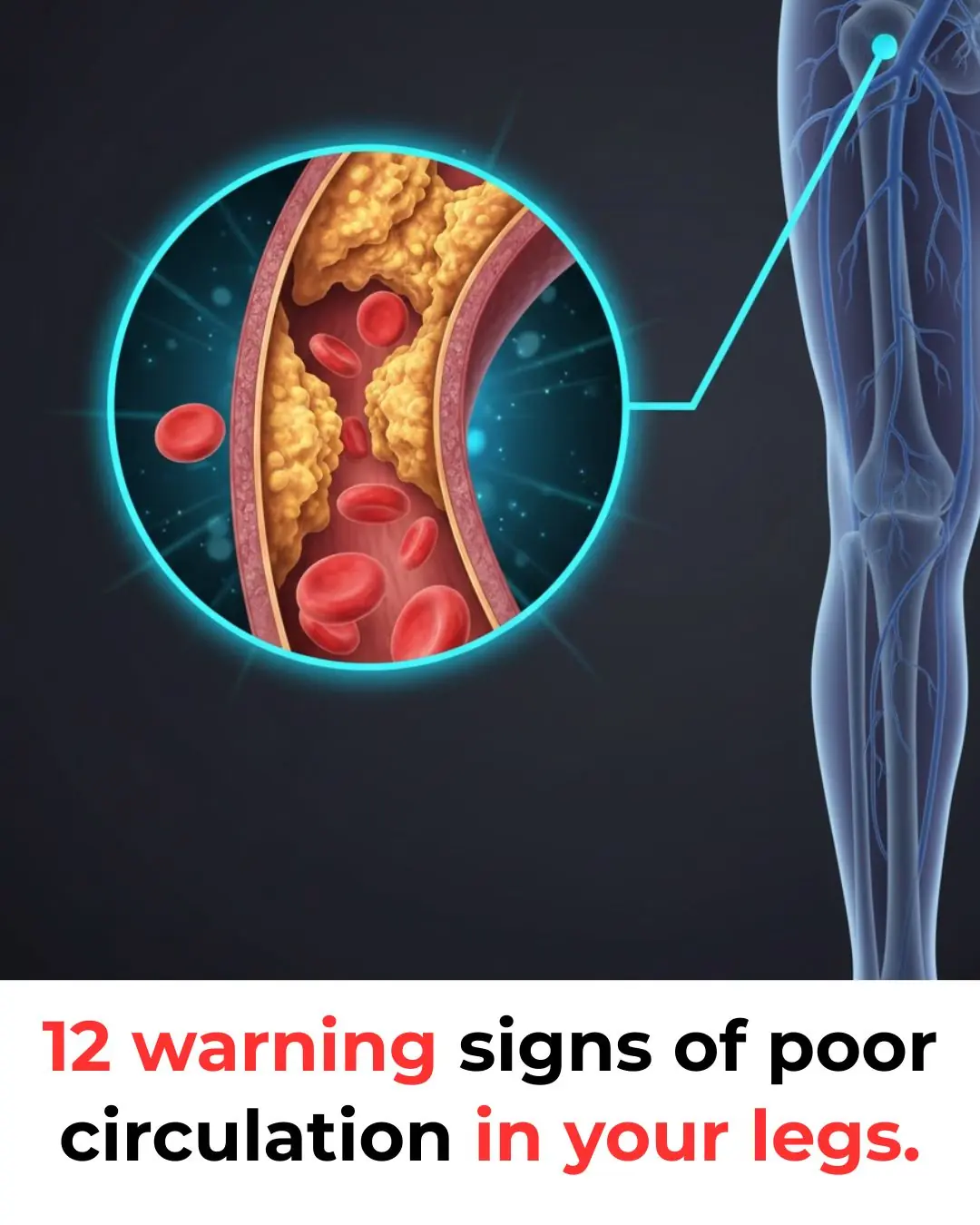
Do you frequently experience leg pain, muscle cramps, swelling, or unusually cold feet? These symptoms may be linked to poor blood circulation in your legs. Below are the common signs, causes, and ways to improve this condition.
What is poor circulation?
Poor circulation is a condition in which blood does not flow adequately to certain parts of the body, especially the hands and feet.
It is not a disease on its own, but rather a result or warning sign of underlying health problems such as:
-
High blood pressure
-
High cholesterol
-
Diabetes
-
Cardiovascular diseases
If left untreated over time, poor circulation can lead to serious complications. On the other hand, when blood flows properly, overall health improves significantly.
12 Symptoms of Poor Blood Circulation in the Legs
-
Constantly cold feet and hands
-
Numbness and a tingling or “pins and needles” sensation in the hands and feet
-
Sores or ulcers on the legs that heal slowly
-
Dry, itchy, or discolored skin (pale, blue, or purple)
-
Unusually shiny skin and loss of hair on the legs
-
Muscle cramps and joint pain in the legs and arms
-
Pain in the calf muscles while walking
-
Varicose veins accompanied by a heavy feeling in the legs
-
Swelling in the legs, feet, and ankles
-
Dizziness, poor balance, and forgetfulness
-
Muscle weakness, low energy, and persistent fatigue
-
Digestive problems, including abdominal pain, diarrhea, and bloody stools
Why is it important to improve blood circulation?
When your circulatory system functions properly, it:
-
Delivers oxygen and nutrients to every cell
-
Removes waste products and carbon dioxide
-
Ensures the normal function of the heart, brain, lungs, and other organs
When blood flow is obstructed — especially in areas far from the heart such as the legs — tissues receive less oxygen and gradually weaken. This can lead to:
-
Heart attack
-
Stroke
-
Tissue death or limb amputation (in severe cases)
Therefore, if you notice symptoms in your legs, they may be an early warning sign of more serious health issues in other parts of your body.
5 Major Causes of Poor Blood Circulation
1. An Inflammatory Diet
A diet high in:
-
Refined sugar
-
Unhealthy carbohydrates
-
Industrial cooking oils
-
Refined salt
-
Processed foods
… and low in vegetables, fruits, and high-quality protein may:
-
Reduce the production of nitric oxide (which helps relax blood vessels)
-
Increase bad cholesterol (oxidized LDL)
-
Cause inflammation and atherosclerosis
-
Lead to obesity and high blood pressure
Deficiencies in nutrients such as iron, vitamin B12, folate, vitamin C, and magnesium can also reduce the ability of red blood cells to transport oxygen efficiently.
2. Physical Inactivity
Sitting or standing for long periods slows blood flow in the legs, causing blood to pool and making it harder for it to return to the heart.
3. Chronic Stress
Long-term stress raises blood sugar and fat levels, leading to damage to blood vessels and poor circulation.
4. Underlying Health Conditions
Peripheral Artery Disease (PAD)
Narrowed arteries in the legs reduce blood flow, causing leg pain while walking, cold feet, skin discoloration, and slow-healing wounds.
Diabetes and High Blood Pressure
These conditions damage small blood vessels and nerves, leading to numbness, pain, dry skin, and leg ulcers.
Venous Insufficiency and Varicose Veins
Faulty vein valves cause blood to pool in the legs, resulting in swelling and pain.
Deep Vein Thrombosis (DVT)
A blood clot forms in a deep vein, which can become life-threatening if it travels to the lungs.
Raynaud’s Phenomenon
Blood vessels constrict excessively in response to cold or stress, causing fingers and toes to become cold, numb, and discolored.
5. Smoking
Smoking directly damages blood vessel walls, increasing the risk of plaque buildup and blocked arteries.
6 Ways to Improve Blood Circulation in the Legs
6. Walk Regularly
-
30 minutes, 3 times per week
-
Or 20 minutes of aerobic activity (running, swimming, cycling) 4–5 times per week
-
Take breaks to stand up and walk every hour at work
Walking helps your calf muscles pump blood back to the heart.
5. Follow an Anti-Inflammatory Diet
Focus on:
-
Dark leafy greens
-
Citrus fruits
-
Garlic and cayenne pepper
-
Fatty fish (rich in omega-3)
-
Walnuts and almonds
Avoid refined sugar and excess salt to better control blood pressure and blood sugar levels.
4. Stay Hydrated
Blood is made up of about 50% water. When you are dehydrated, your blood becomes thicker and does not circulate as easily.
3. Wear Compression Socks
Compression socks:
-
Support the veins
-
Prevent vein enlargement
-
Reduce blood pooling in the legs
They are especially helpful for people who sit or stand for long periods.
2. Elevate Your Legs
Raising your legs above heart level for 15–20 minutes at a time helps blood return to the heart more efficiently.
1. Drink Hibiscus Tea
Hibiscus contains anthocyanins, which help:
-
Relax blood vessels
-
Lower blood pressure
-
Improve blood circulation
Drink 1–2 cups per day for best results.
✅ Also remember to:
-
Quit smoking
-
Limit alcohol intake
-
Get enough sleep
-
Have regular health check-ups if symptoms persist
News in the same category

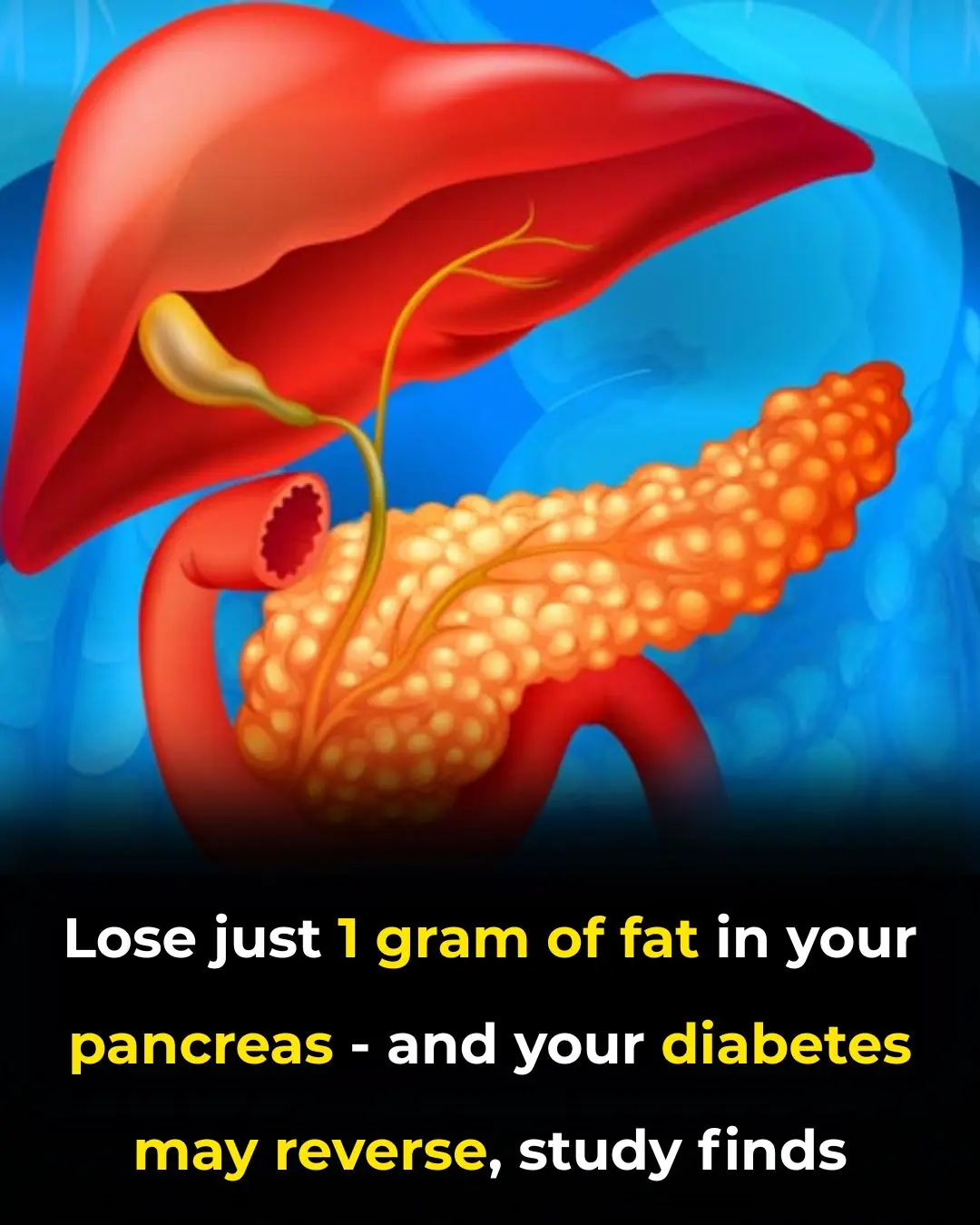
Losing Just 1 Gram of Fat In The Pancreas Will Have THIS Effect On Your Body
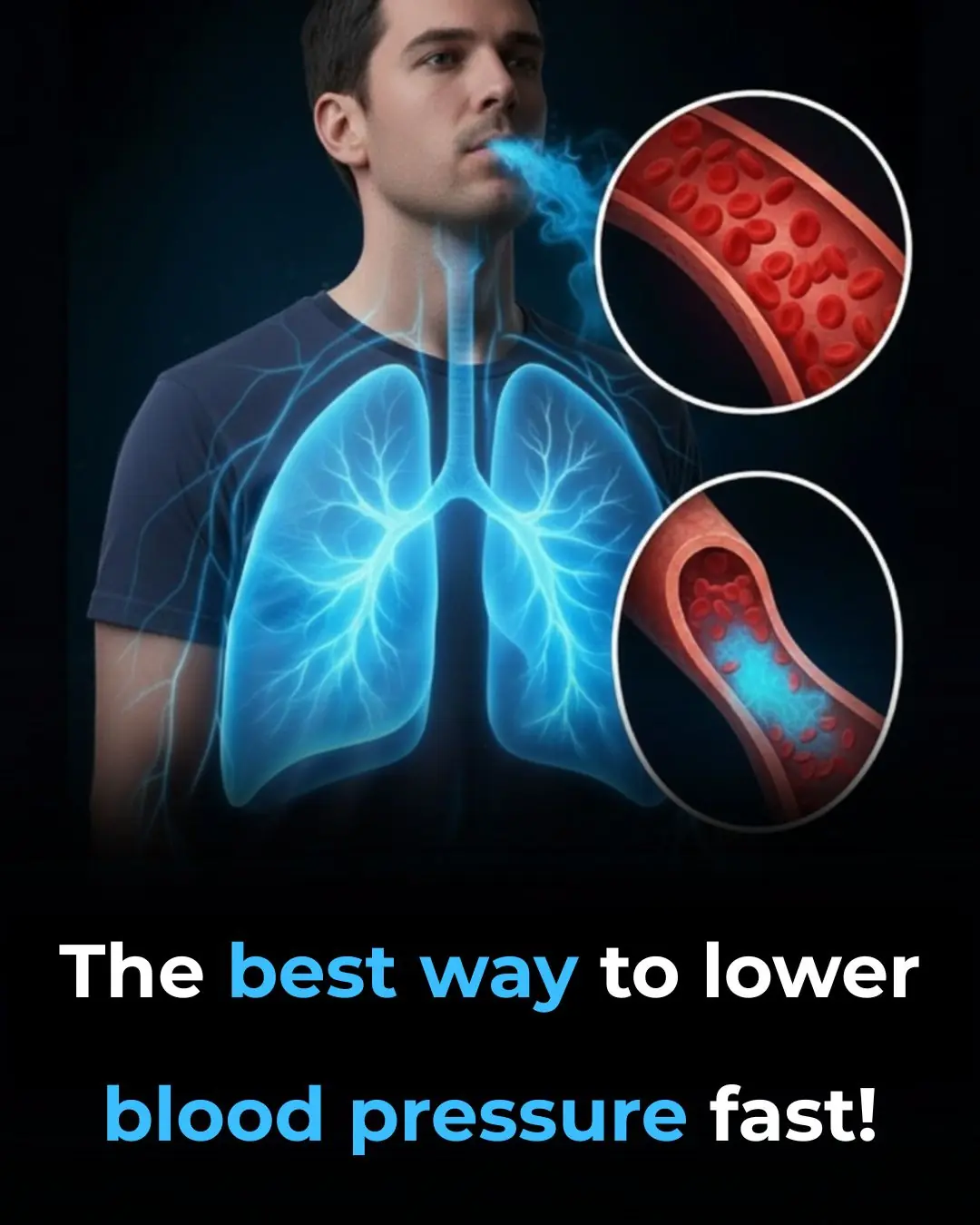
The best way to lower blood pressure fast!
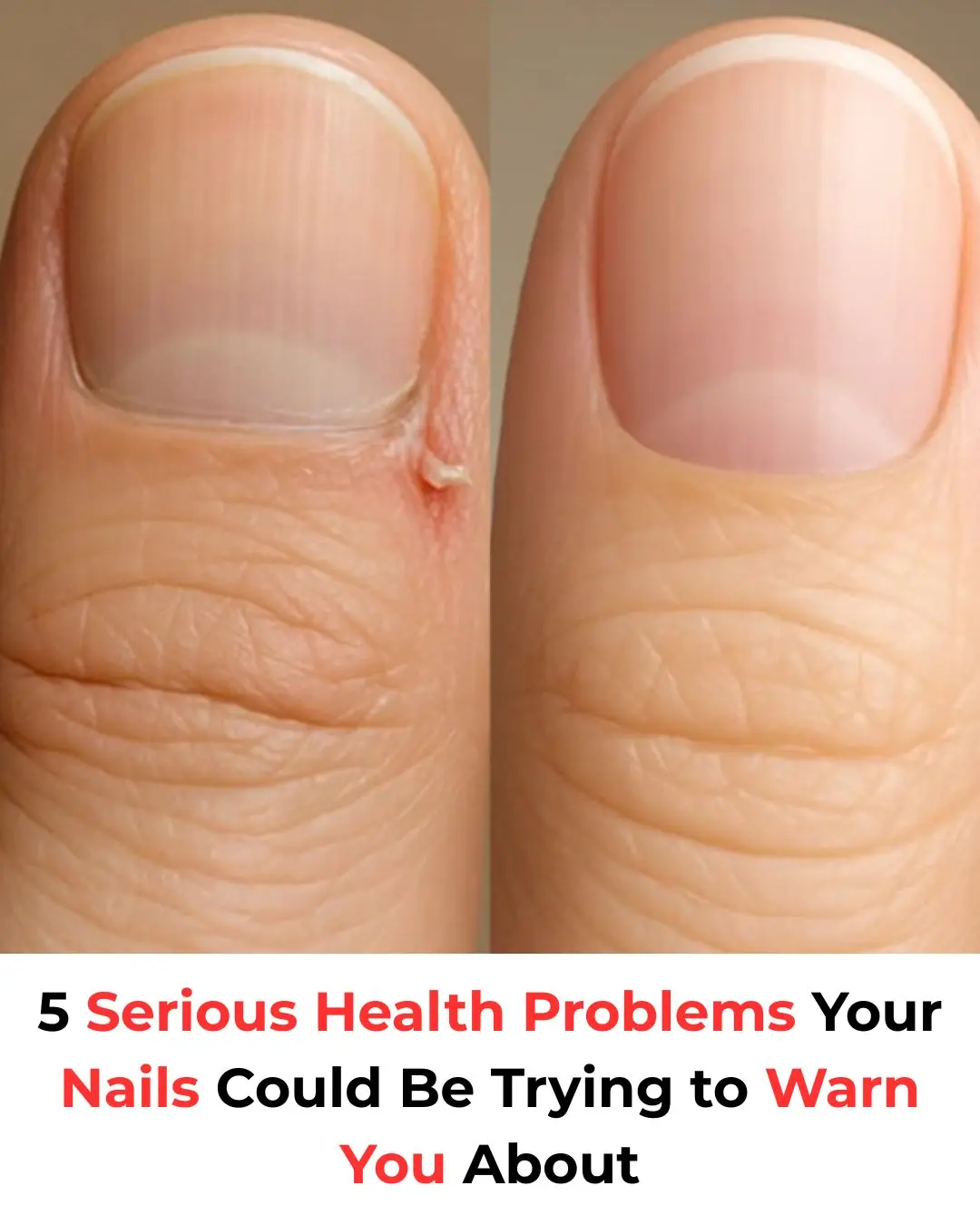
5 Serious Health Problems Your Nails Could Be Trying to Warn You About

How to Get Rid of Bad Breath (Halitosis): Scientifically Proven Home Remedies
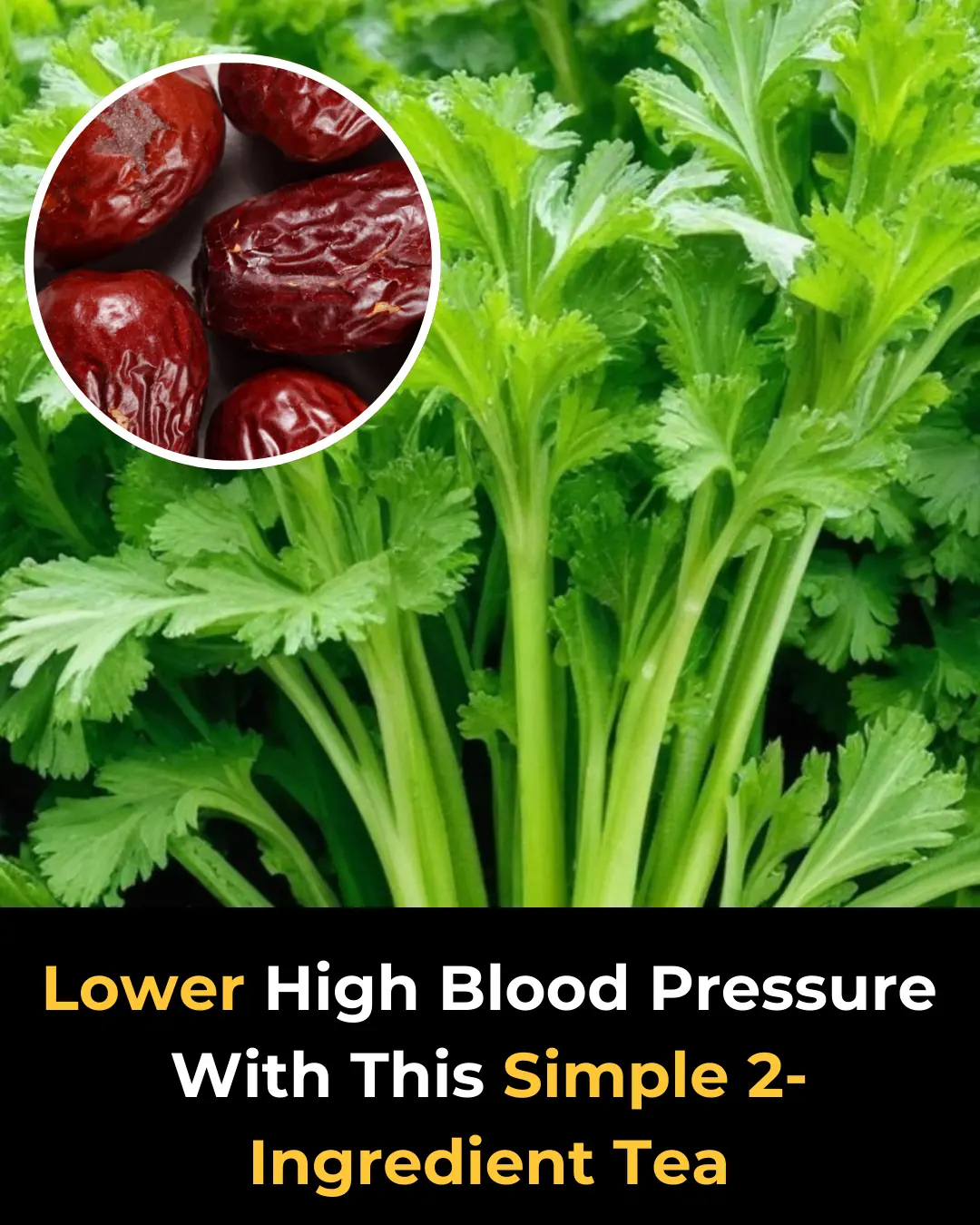
Got High Blood Pressure? Try This 2-Ingredient Tea!
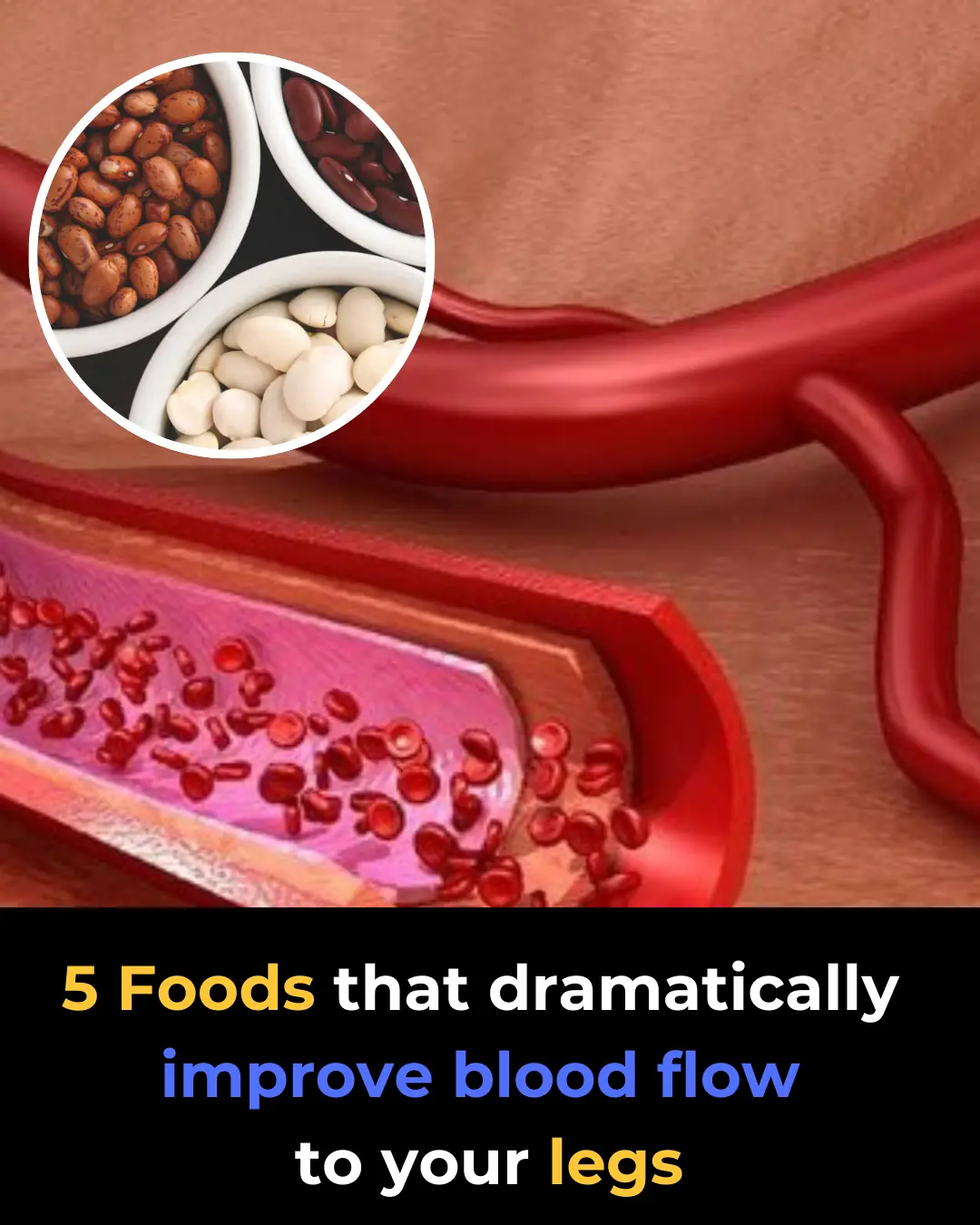
5 Foods That Dramatically Improve Blood Flow to Your Legs
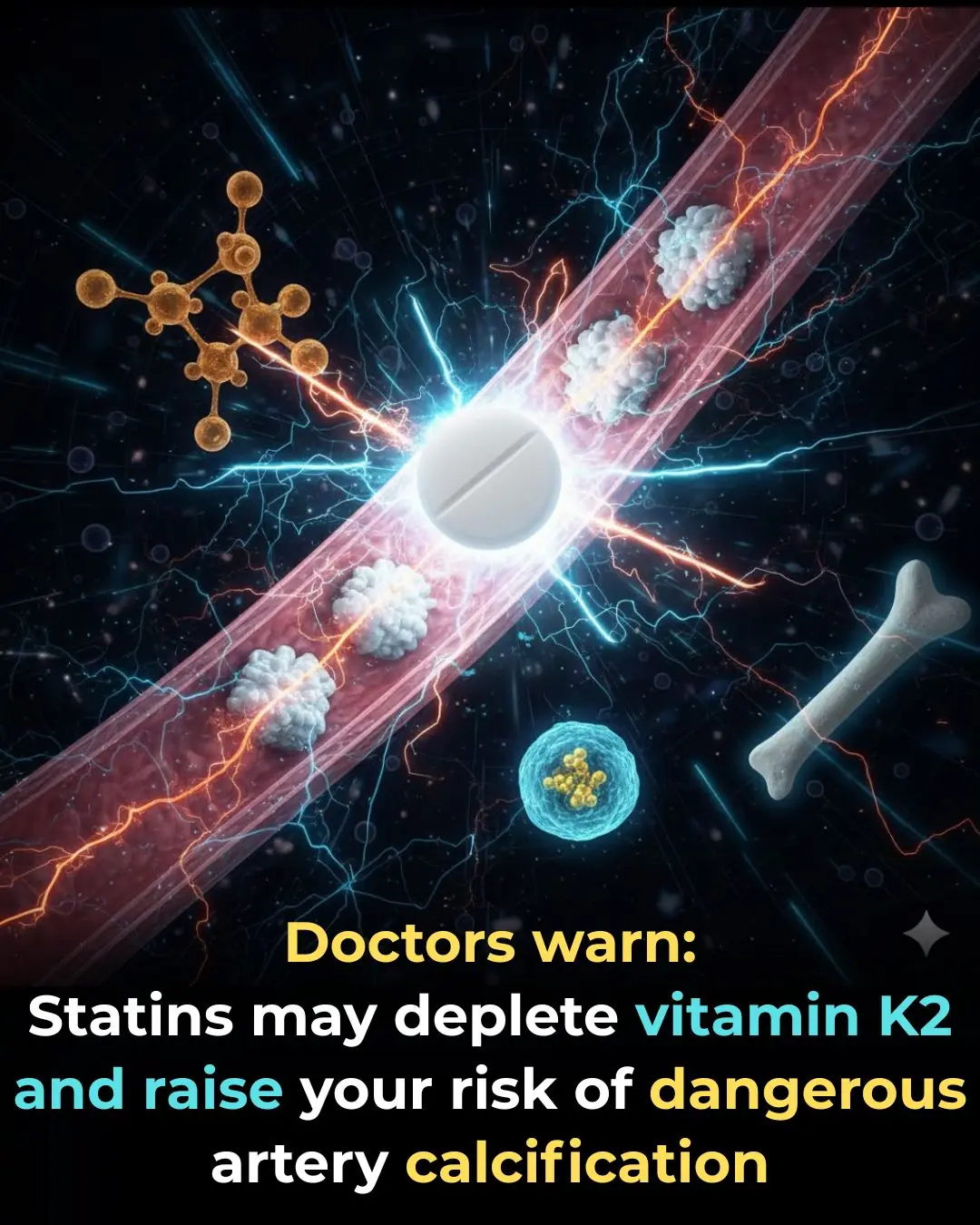
Doctors warn: Statins may deplete vitamin K₂ and raise your risk of dangerous artery calcification
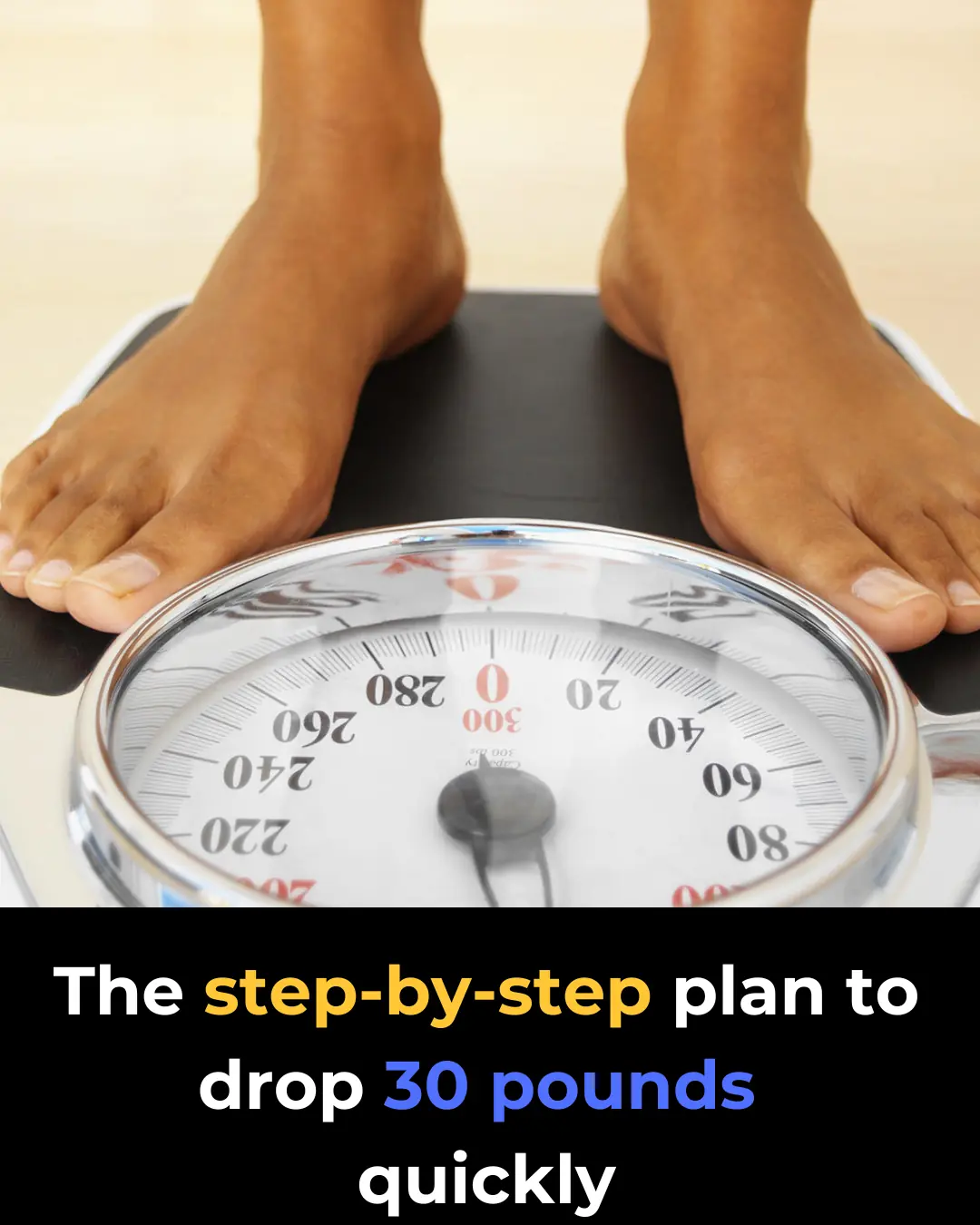
The step-by-step plan to drop 30 pounds quickly in 2025

7 Surprising Health Benefits of Cloves for Men
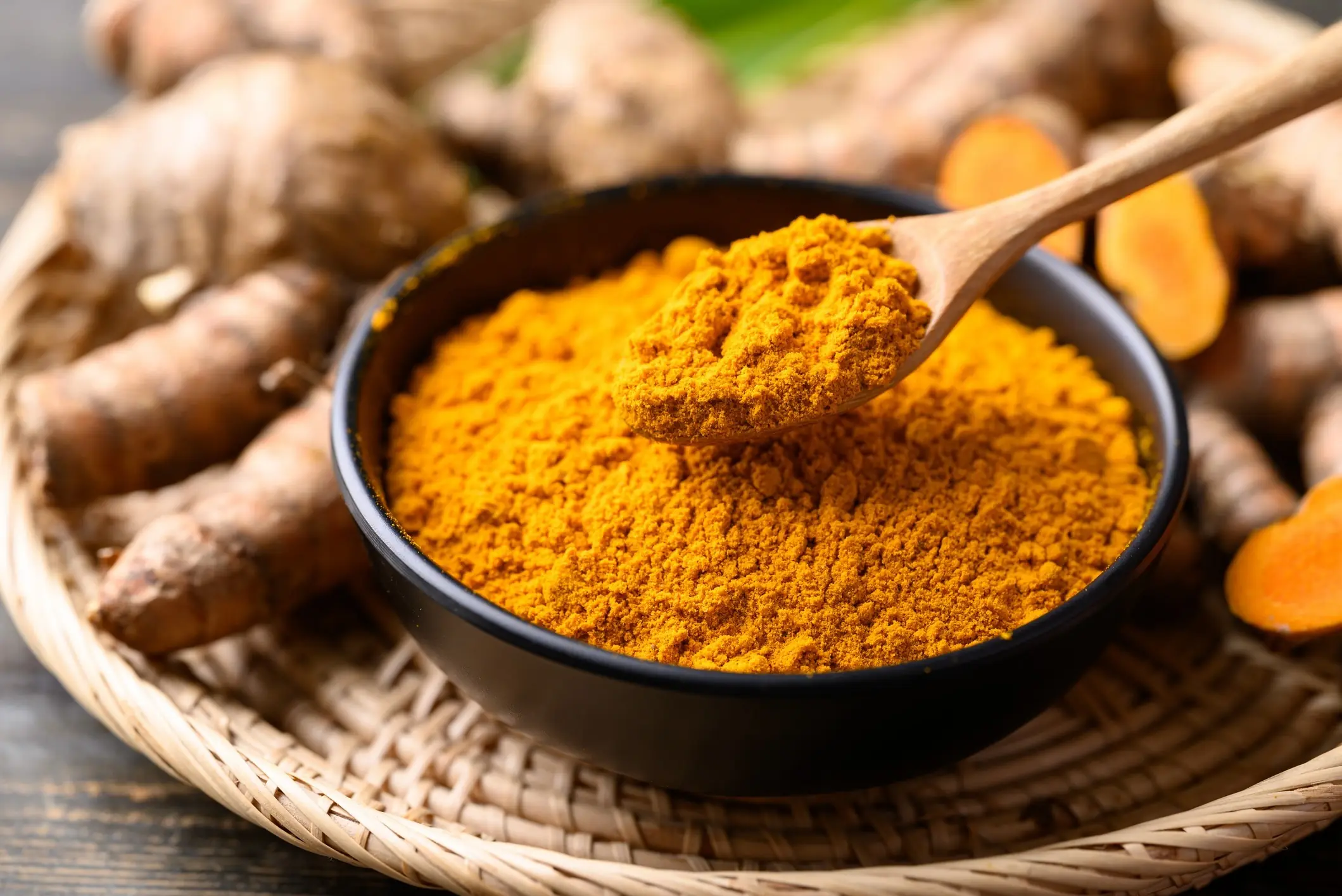
The Medicinal Powers of Turmeric That Doctors Rarely Mention
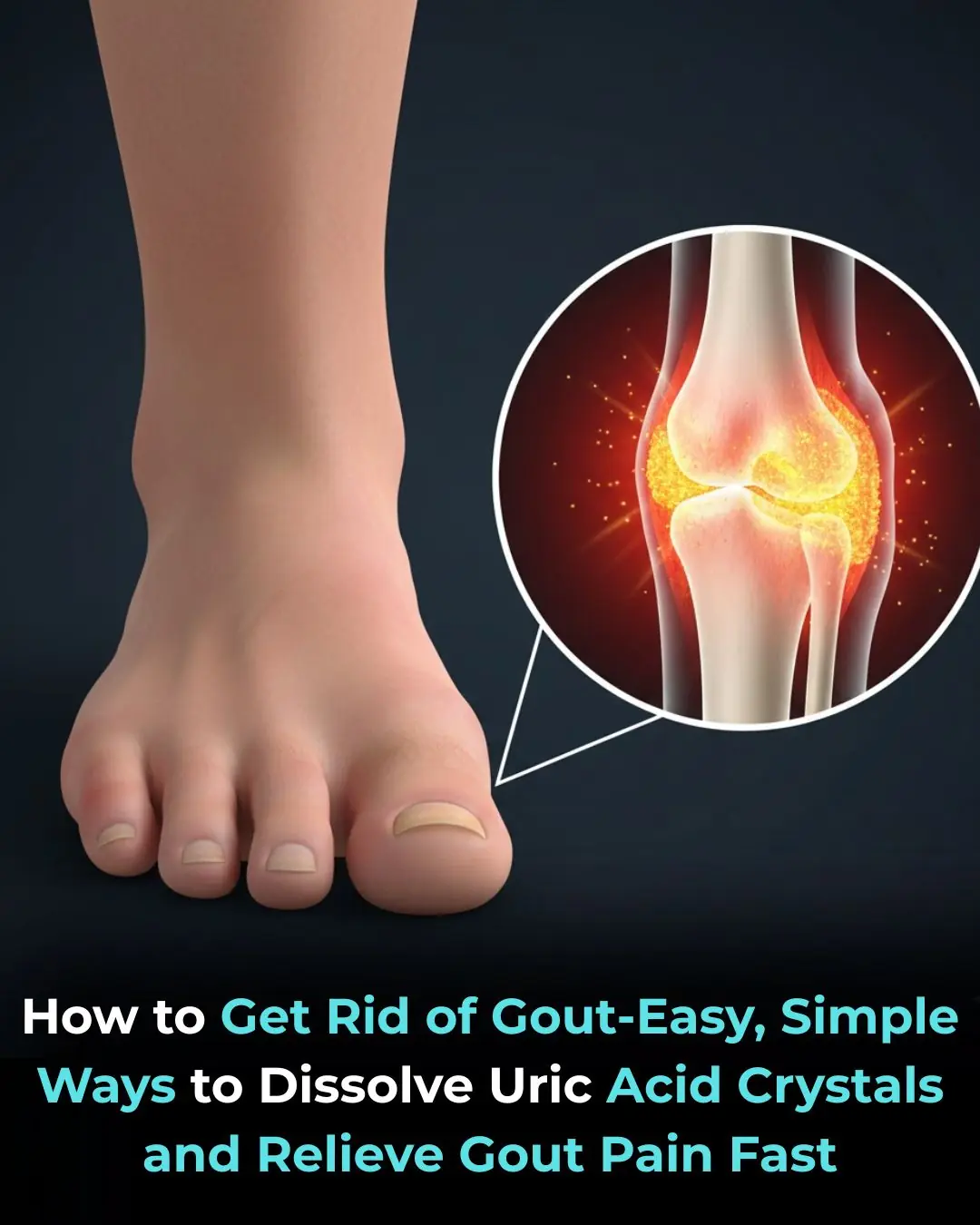
The Best Natural Gout Treatments: Remove Uric Acid Crystallization To Prevent Gout And Joint Pain

How to Tell If You Have Intestinal Parasites and What to Do About That

People Who Eat 3 Eggs Every Day Are Noticing This Crazy Difference
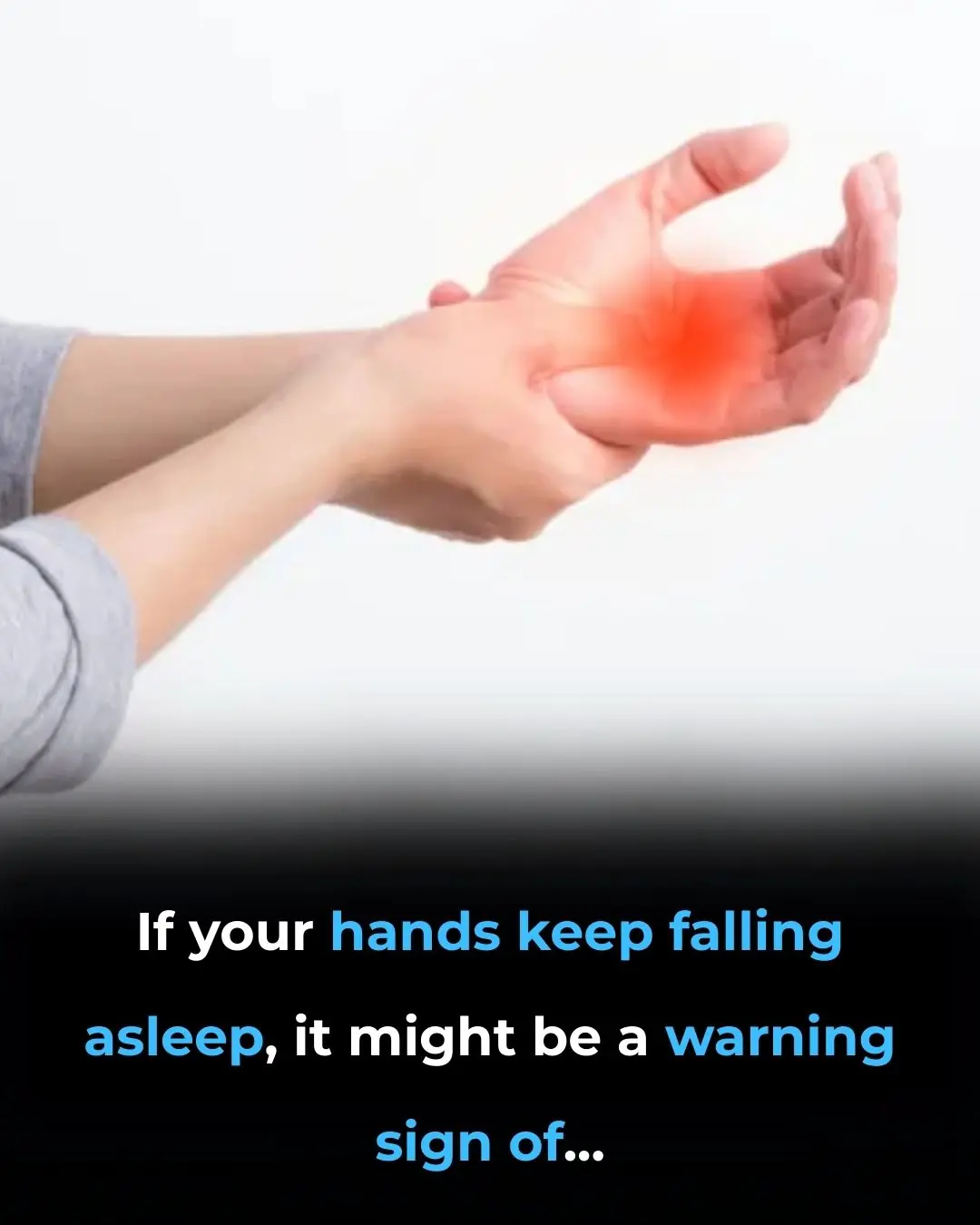
Why Your Hands or Arms Fall Asleep at Night and What To Do

6 fruits that help your body fight cancer cells naturally
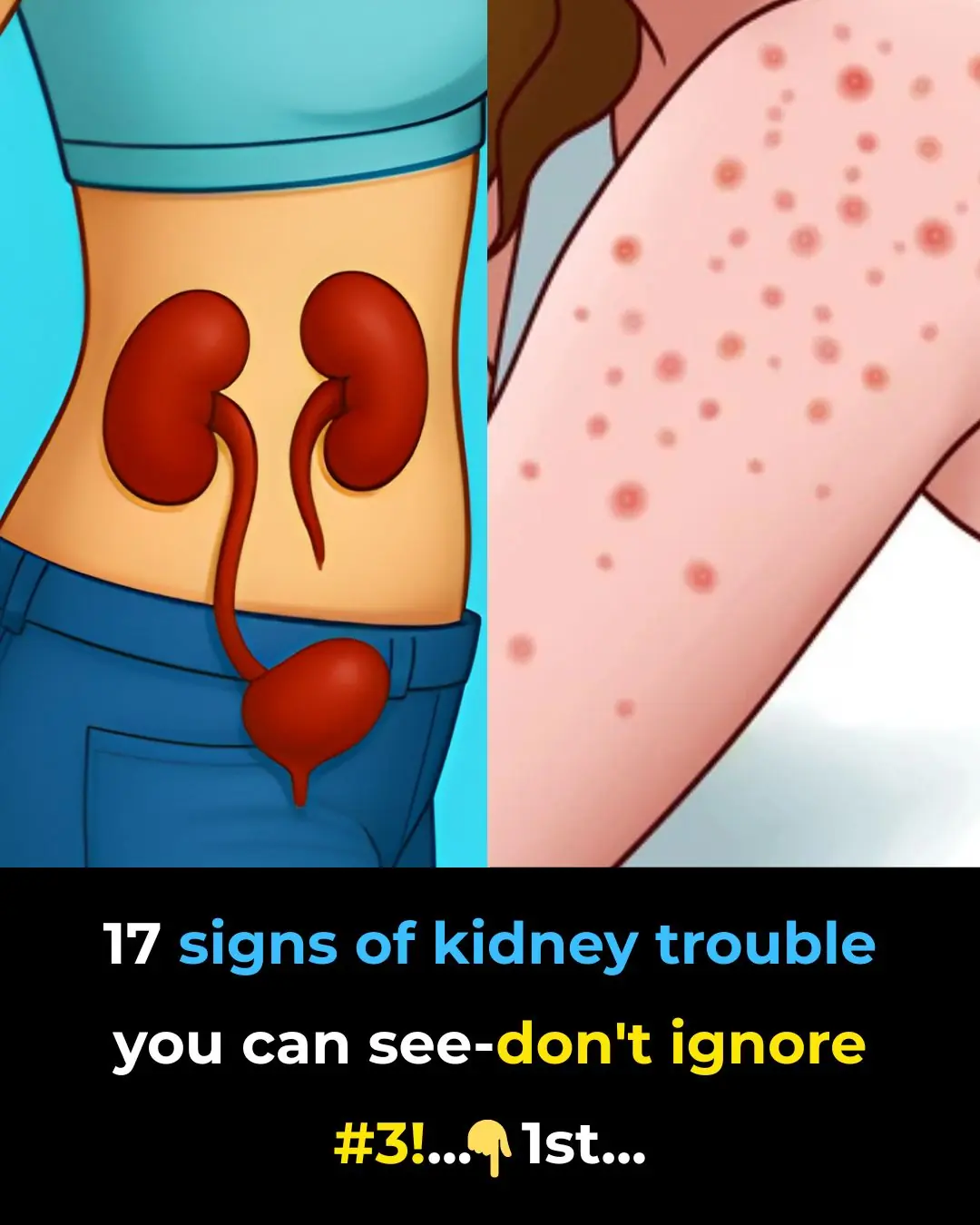
17 signs of kidney trouble you can see—don’t ignore #3!
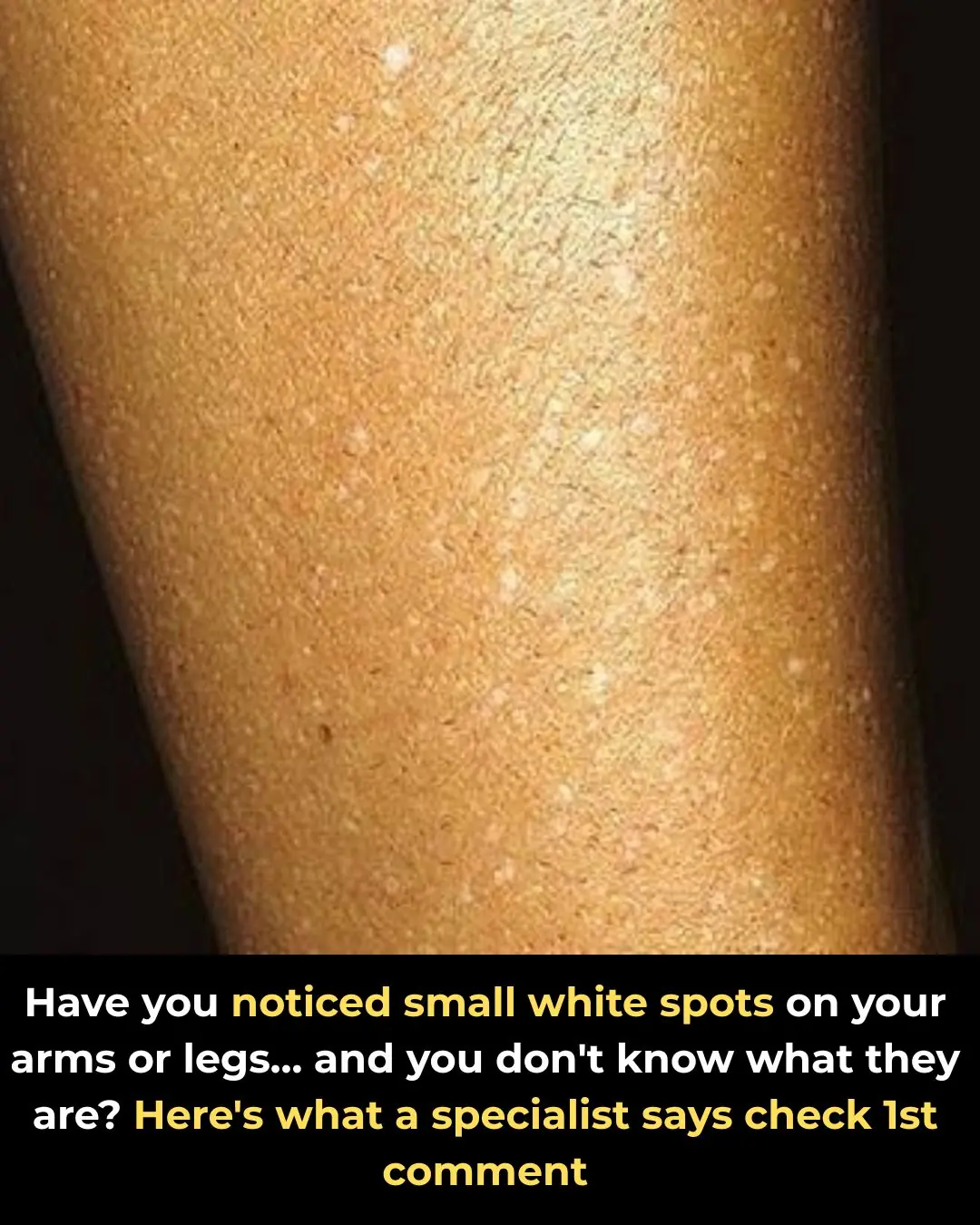
Have you noticed small white spots on your arms or legs… and you don't know what they are?

Never Toss Banana Peels Again: The 2,000-Year-Old “Trash” Trick That Erases Wrinkles, Heals Scars, Whitens Teeth & Drops Blood Pressure Overnight
News Post

Study Finds Parents Show More Affection to Daughters Than Sons Worldwide

US Researchers Develop Ultra-Light Metal Foam That Stops Armor-Piercing Bullets

🛁 Say Goodbye to the Shower: Japan Unveils the 15-Minute "Human Washing Machine"

Fingerprint Individuality: A Story Written by Biology, Environment, and Chance

Northwestern Study Reveals Hidden Dangers in Youth Skincare Influencer Culture

Japanese Scientists Launch Human Trials for TRG-035, a Drug That Could Regrow Lost Teeth Naturally

Scientists Discover a Brain Receptor That Acts as a Natural Shield Against Alzheimer’s

A Fluorescent Breakthrough: New Dye Helps Surgeons Precisely Target Prostate Cancer

The Shocking Secret of Spider Flight: How Electric Forces Lift Them Into the Sky

When a Humpback Whale Became a Hero: The Extraordinary Rescue of Marine Biologist Nan Hauser

🤯 Beyond the Void: How Quantum Physics Suggests the End of Life Is an Illusion

Mauro Morandi: Living 33 Years in Complete Solitude on a Remote Italian Island

🧠 Medical Marvel: The Bullet That Accidentally Cured Severe OCD

One simple scoop a day can spark full-body healing — here’s what happens next

Twenty-Year-Old Nokia 3310 Still Holds 70% Battery, Highlighting the Longevity of Early Mobile Phones
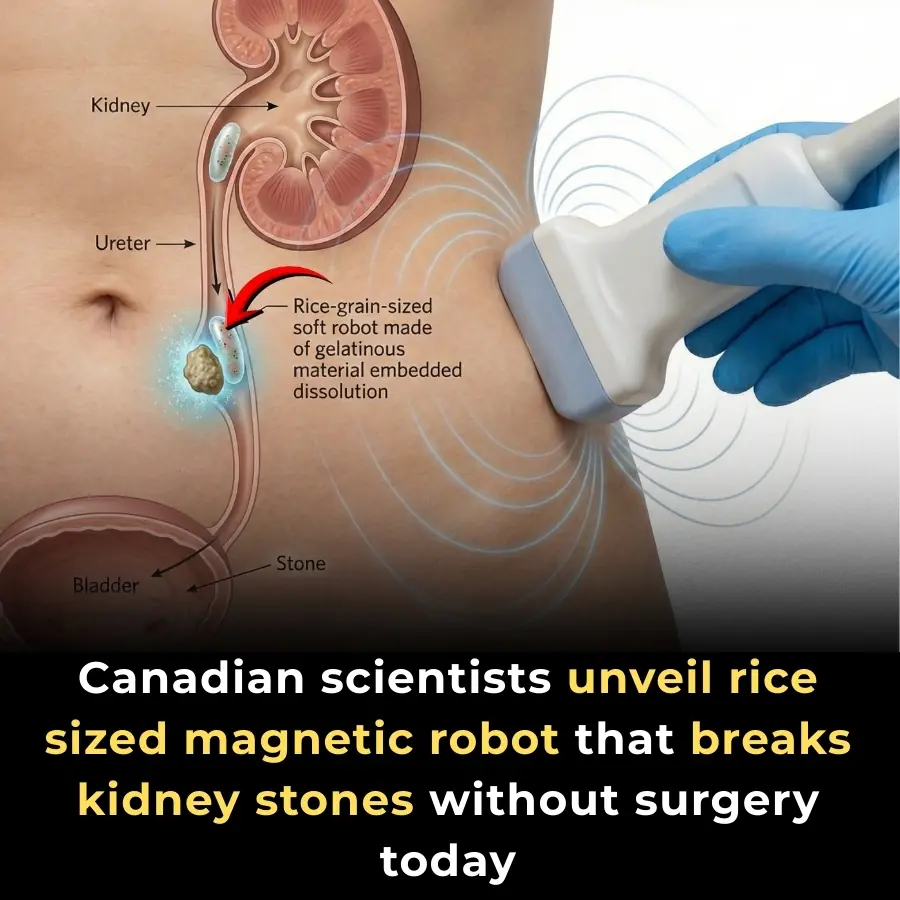
Magnetic Rice-Sized Robot Could Revolutionize Non-Invasive Kidney Stone Treatment

4 Unusual Morning Pains You Should Never Ignore — They May Signal a Hidden Tumor

Quick & Easy Freezer Defrost Hack: Melt Ice in Just 5 Minutes with Zero Effort

A Love That Never Looked Away — The Story of Ron and Cheryl.
